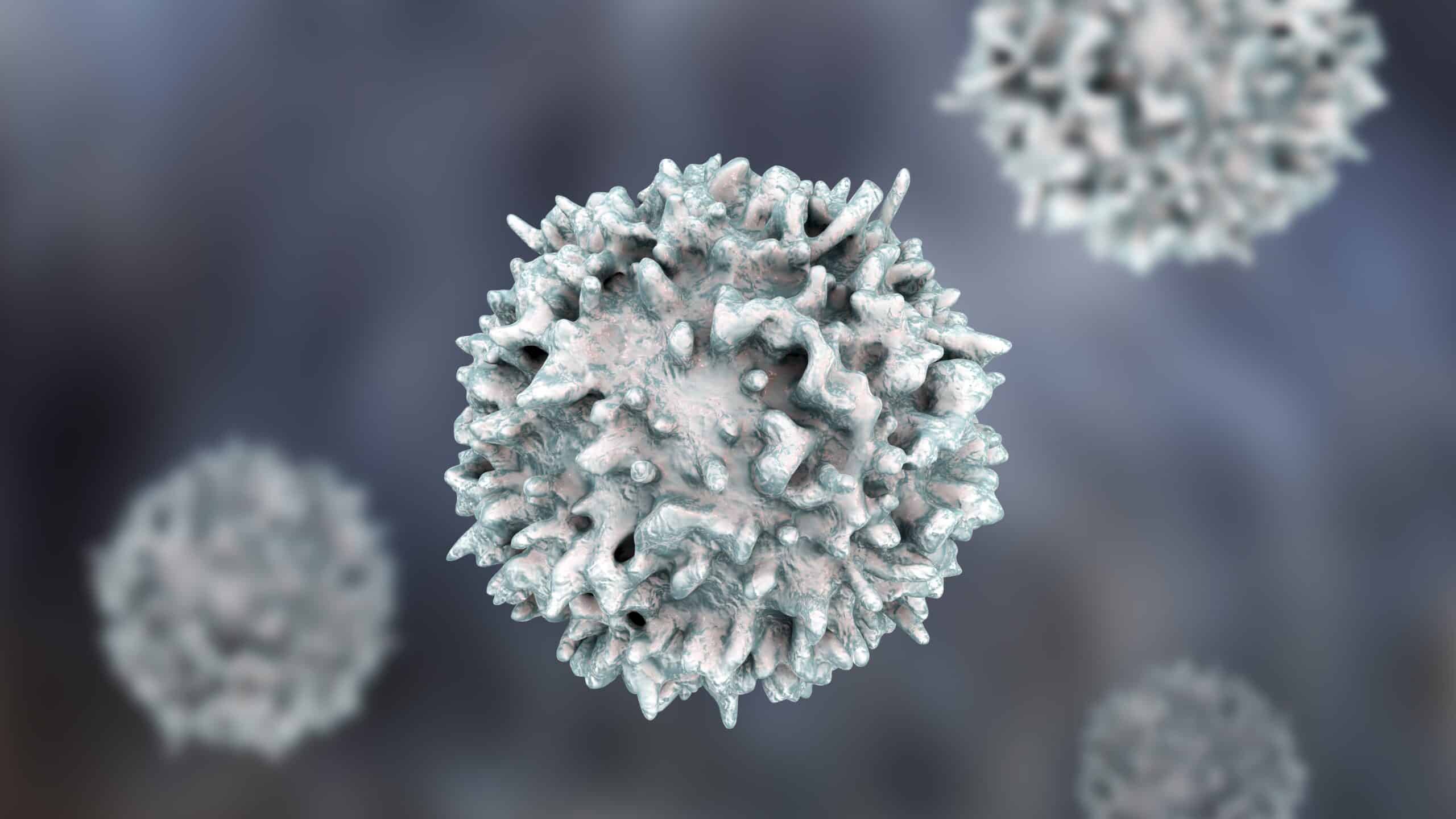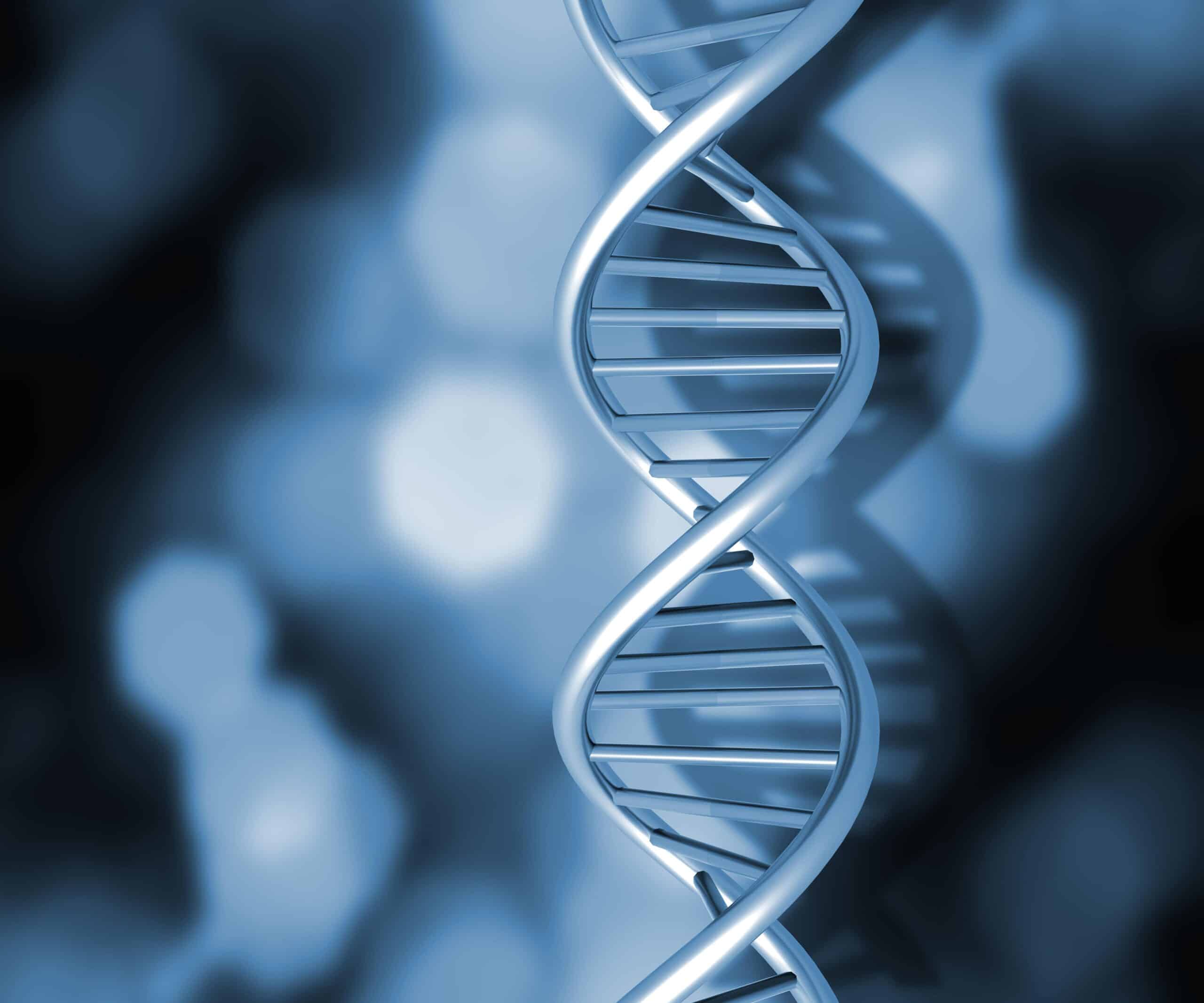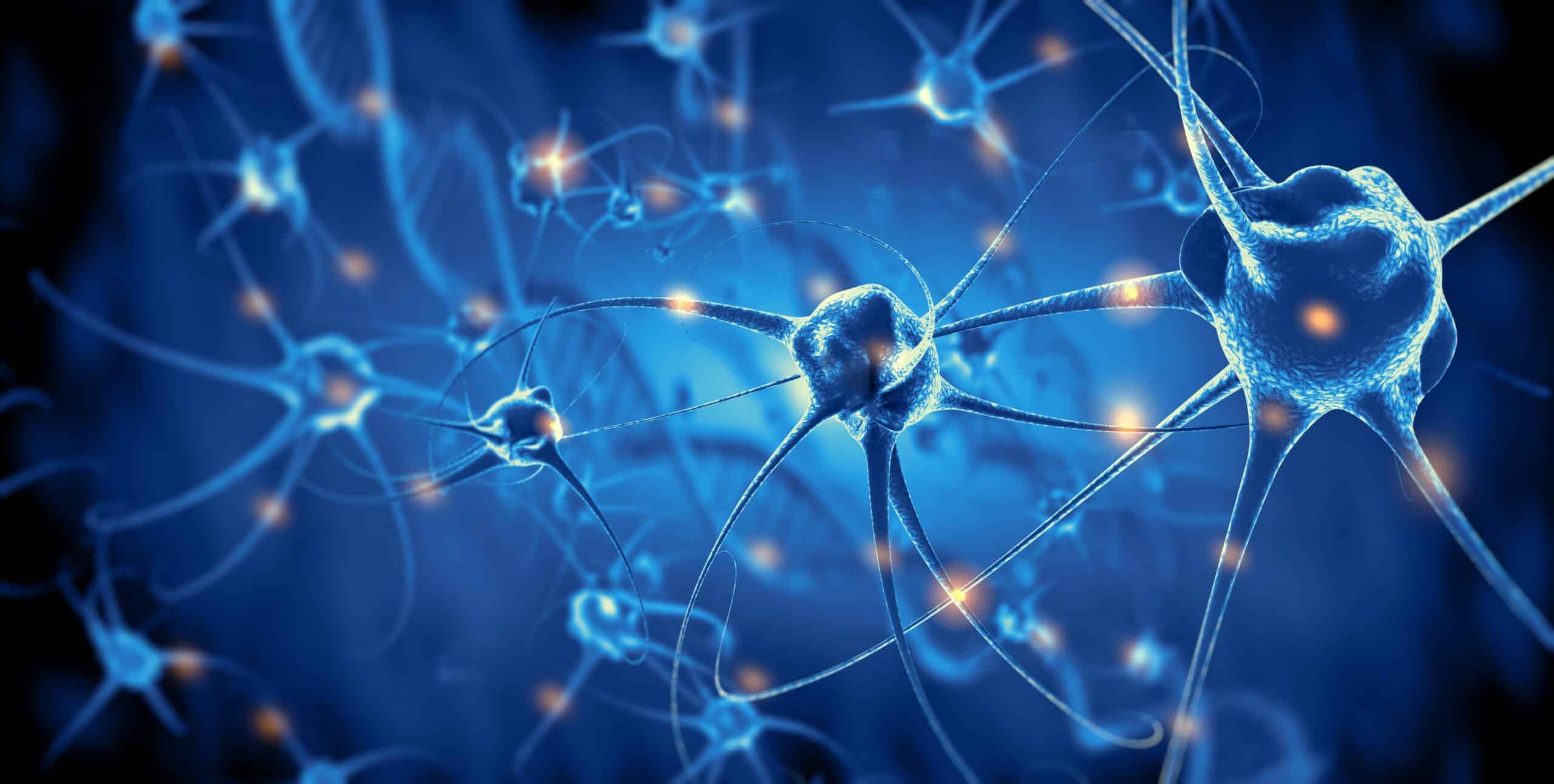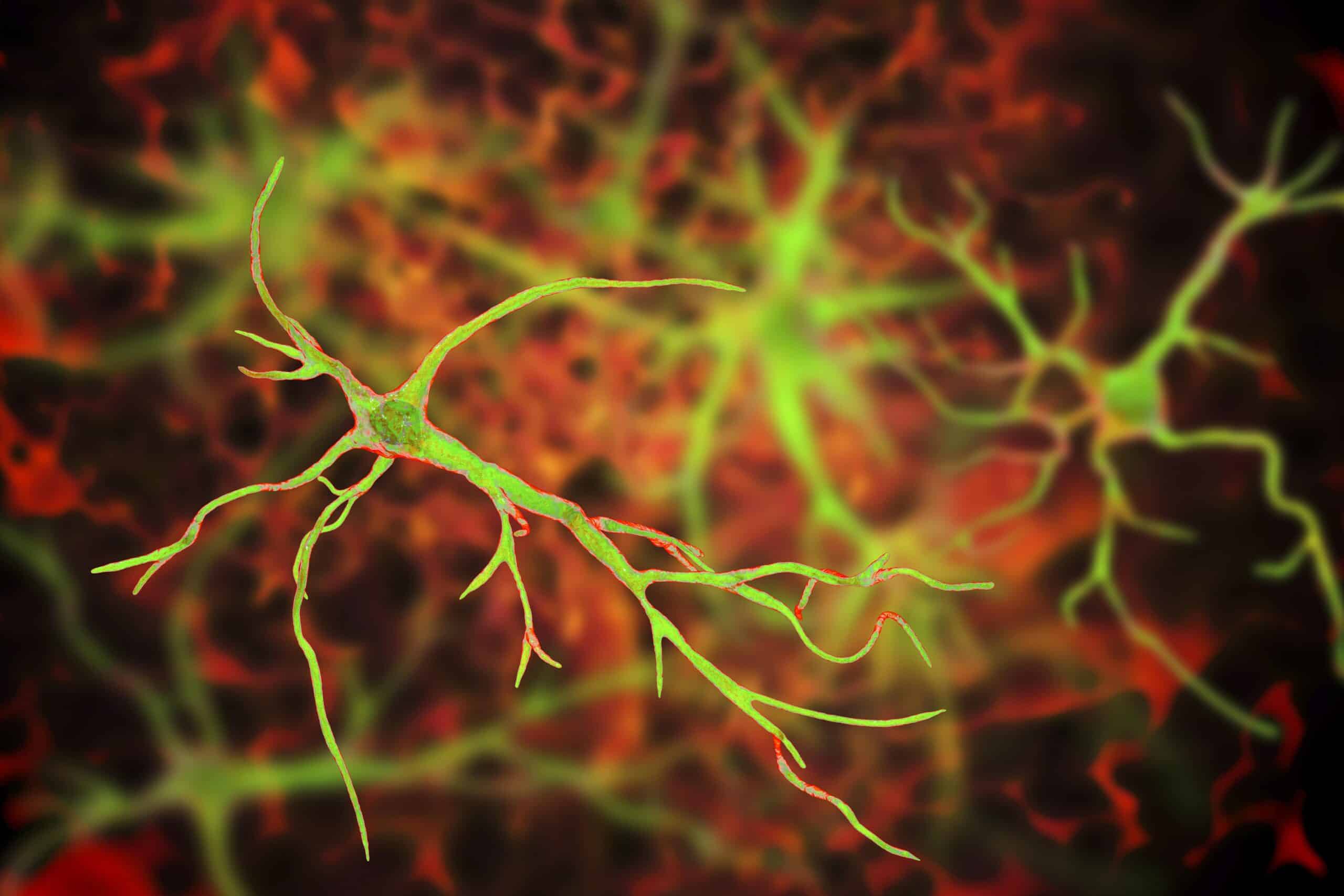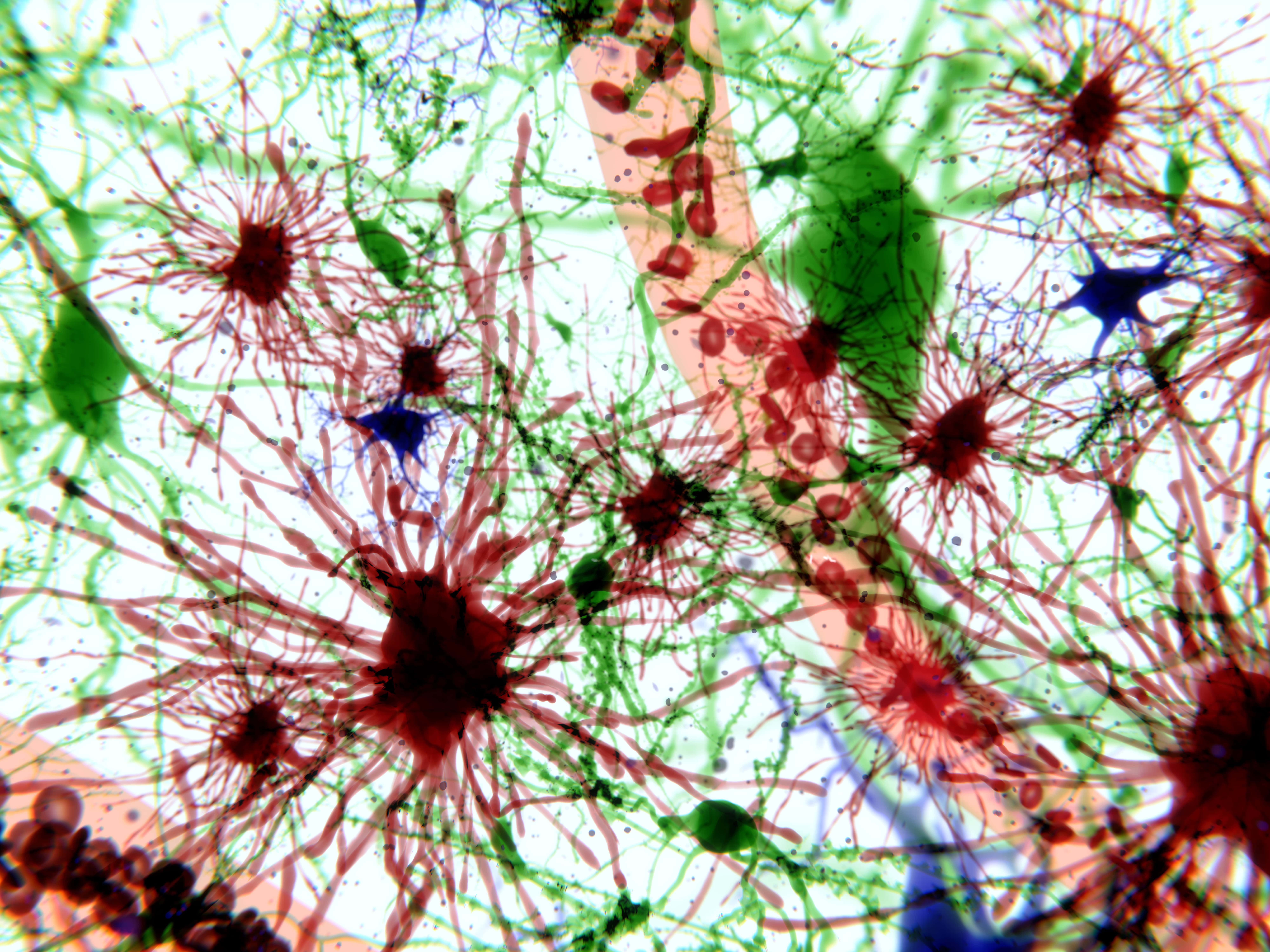[current_page_title]
Cell Therapy Breakthrough for Parkinson’s Disease
QPS Neuro
Many of the motor and non-motor symptoms that occur in Parkinson’s disease are caused by the loss of midbrain dopaminergic neurons. Cell therapy has shown promise as a potential treatment for Parkinson’s disease by replacing these lost dopamine neurons, but successful cell therapy development has historically been hindered by poor graft survival. However, a recently ...
Treating Rare Diseases with Antisense Oligonucleotides
QPS Neuro
Rare genetic diseases such as ataxia-telangiectasia (A-T) pose significant challenges in the field of medicine. But a new groundbreaking study conducted by researchers at the Korea Advanced Institute of Science and Technology (KAIST) has unveiled a promising new method for using antisense oligonucleotides to treat A-T. Researchers hope that this revolutionary approach will provide treatment ...
Role of Mammillary Body Neurons in Alzheimer’s
QPS Neuro
Recent research conducted by MIT scientists may shed light on the involvement of lateral mammillary body neurons in the early stages of Alzheimer’s disease (AD). Researchers found that these neurons exhibit hyperactivity and are more susceptible to neurodegeneration, highlighting their potential role in the onset of cognitive decline. Using a mouse model, the team demonstrated ...
Targeting Astrocytes for Alzheimer’s Treatment
QPS Neuro
A team of South Korean scientists at the Institute for Basic Science have made a groundbreaking discovery about the role that astrocytes may play in Alzheimer’s disease (AD). The team of researchers, led by Director C. Justin Lee, uncovered a mechanism by which astrocytes in the brain absorb high levels of acetates, which in turn ...
Targeting Microglia to Reverse Damage from Aging
QPS Neuro
Researchers at Trinity Biomedical Sciences Institute (TBSI) have discovered a link between the presence of specialized immune cells, called microglia, and age-related neurological diseases. In their study, the scientists from TBSI and the University of Maryland School of Medicine observed that as the brain ages, cellular debris accumulates inside autofluorescent microglia, slowing their functioning and ...

